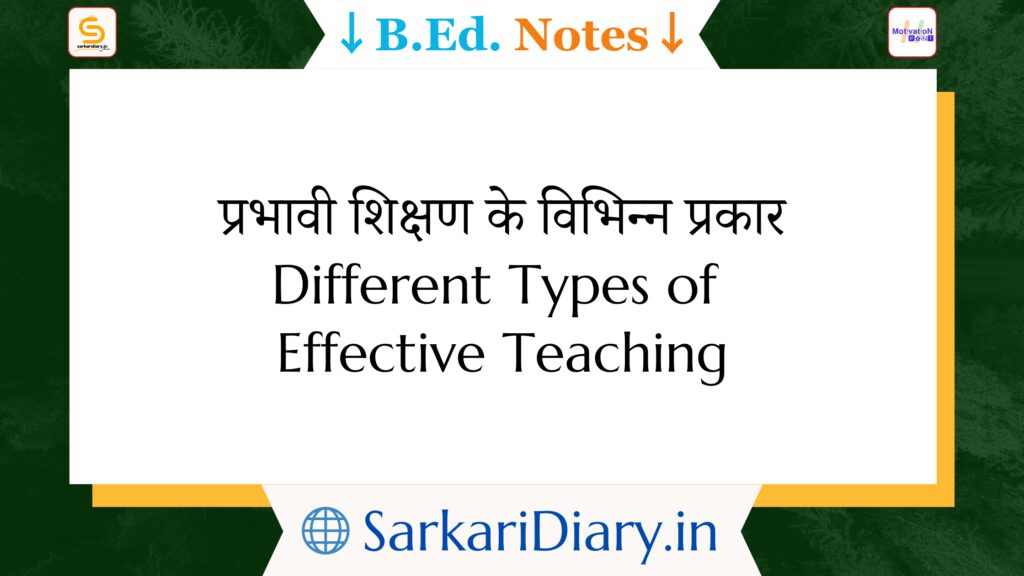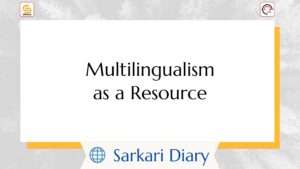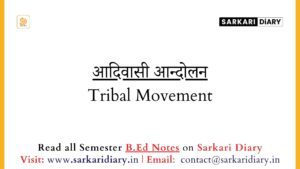Effective teaching encompasses a wide range of approaches and strategies that cater to different learning styles and foster student engagement. Here’s an overview of some key types:
1. Direct Instruction:
- Teacher plays the central role, delivering clear explanations, demonstrations, and guided practice.
- Effective for introducing new concepts, building foundational knowledge, and ensuring mastery of essential skills.
- Requires strong communication and organization skills from the teacher.
2. Inquiry-based Learning:
- Students actively explore and discover concepts through questions, investigations, and problem-solving activities.
- Encourages critical thinking, creativity, and deeper understanding.
- Requires careful planning and facilitation by the teacher to guide the inquiry process.
3. Differentiation:
- Tailoring instruction to meet the individual needs and learning styles of diverse students.
- Can involve different levels of complexity, pacing, and instructional methods.
- Promotes inclusivity and ensures all students have the opportunity to succeed.
4. Blended Learning:
- Combines traditional classroom instruction with online learning activities and resources.
- Provides flexibility and personalized learning experiences.
- Requires access to technology and digital literacy skills.
5. Experiential Learning:
- Students learn through hands-on activities, simulations, and real-world projects.
- Enhances engagement, promotes deeper understanding, and develops problem-solving skills.
- Requires creativity and careful planning to ensure meaningful experiences.
6. Game-based Learning:
- Utilizes games and game-like elements to engage students and motivate them to learn.
- Can promote collaboration, critical thinking, and problem-solving skills.
- Requires careful selection of games and alignment with learning objectives.
7. Technology-aided Instruction:
- Leverages technology tools like interactive whiteboards, online platforms, and digital resources.
- Enhances engagement, promotes visual learning, and provides access to diverse learning materials.
- Requires technology integration skills and awareness of ethical considerations.
8. Problem-based Learning:
- Students tackle real-world problems to learn and develop critical thinking skills.
- Promotes collaboration, communication, and problem-solving skills.
- Requires open-ended problems and opportunities for student-led learning.
9. Project-based Learning:
- Students engage in long-term projects related to a particular topic or theme.
- Fosters deeper understanding, research skills, communication, and collaboration.
- Requires careful planning, scaffolding, and assessment strategies.
10. Social-emotional Learning:
- Integrates instruction on self-awareness, self-management, relationship skills, and social awareness.
- Promotes mental well-being, positive relationships, and academic success.
- Requires specific training and resources for teachers.
These are just a few examples; the most effective teaching approach depends on the specific context, learners, and learning goals. Effective teachers are those who can skillfully blend and adapt various approaches to create engaging and impactful learning experiences for all students.
Introduction
Teaching is an art that requires a delicate balance of knowledge, skill, and passion. Effective teaching is the cornerstone of a successful educational system. It is the catalyst that ignites curiosity, fosters growth, and empowers students to reach their full potential. However, the one-size-fits-all approach to teaching is a thing of the past. Today, educators employ various types of effective teaching methods to engage students and enhance their learning experience. In this article, we will delve into the diverse world of teaching and explore the different approaches that educators use to create meaningful and impactful learning environments.
The Traditional Approach
Traditional teaching, often referred to as the “chalk and talk” method, has been the backbone of education for centuries. This method involves the teacher presenting information to the students through lectures, textbooks, and structured activities. While this approach provides a solid foundation of knowledge, it can sometimes lack student engagement and creativity. However, when combined with modern teaching techniques, traditional teaching can still be highly effective.
Active Learning
In recent years, active learning has gained significant popularity in the education community. This approach focuses on student-centered activities that encourage participation, collaboration, and critical thinking. Instead of passively absorbing information, students actively engage in discussions, problem-solving tasks, and hands-on experiments. Active learning not only enhances students’ understanding but also develops their communication and teamwork skills.
Project-Based Learning
Project-based learning takes learning to a whole new level by immersing students in real-world scenarios. This approach involves students working on a long-term project that requires them to research, plan, and execute their ideas. By tackling complex problems and applying their knowledge in practical ways, students develop a deeper understanding of the subject matter and acquire valuable skills such as time management, collaboration, and critical thinking.
Flipped Classroom
The flipped classroom model flips the traditional teaching approach on its head. In a flipped classroom, students watch pre-recorded lectures or read materials at home and then come to class ready to engage in discussions, ask questions, and apply their knowledge through activities. This approach allows for more personalized and interactive learning experiences, as students have the opportunity to clarify their doubts and receive immediate feedback from their teachers.
Technology-Enhanced Teaching
In today’s digital age, technology has become an integral part of education. Technology-enhanced teaching involves the strategic integration of technology tools and resources to facilitate learning. From interactive whiteboards and educational apps to online collaboration platforms and virtual reality simulations, technology offers endless possibilities to engage students and make learning more interactive and immersive.
Inclusive Teaching
Inclusive teaching aims to create a supportive and accessible learning environment for all students, regardless of their backgrounds or abilities. This approach recognizes and celebrates diversity and promotes equal opportunities for learning. Inclusive teaching strategies may include differentiated instruction, providing accommodations, fostering a sense of belonging, and creating a safe space for open dialogue.
Conclusion
Effective teaching is not a one-size-fits-all concept. It encompasses a wide range of approaches that cater to the diverse needs and learning styles of students. From traditional teaching methods to innovative approaches that leverage technology, educators have a plethora of tools at their disposal to create impactful learning experiences. By embracing different types of effective teaching, educators can unlock the full potential of their students and pave the way for a brighter future.



